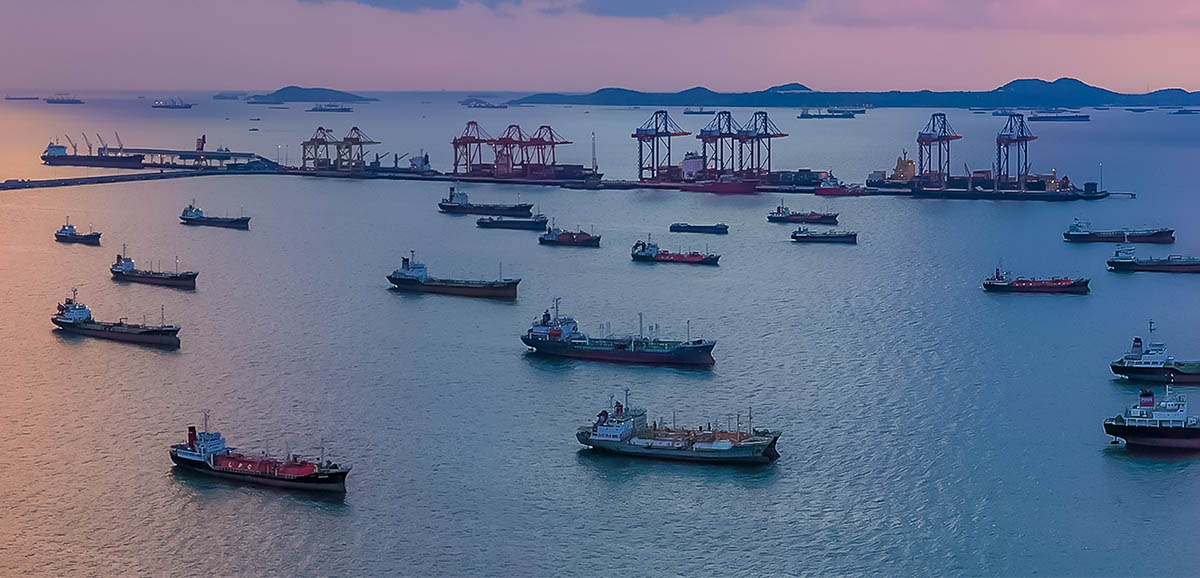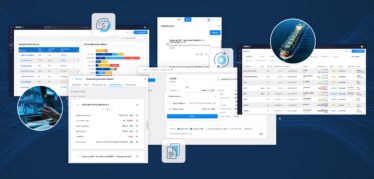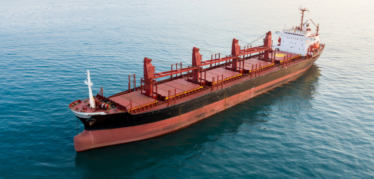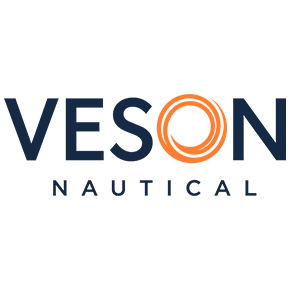When global maritime commerce regains momentum post-pandemic, 67% of shipping professionals plan to increase investment in technology—with supply chain visibility and real-time data as their chief priorities.
And for good reason. Comprehensive visibility and access to high-integrity data have the ability to optimize nearly every business activity and drive a sizeable return on investment. In the maritime shipping sector specifically, there are numerous sources of business-critical data that can be leveraged to enhance decision making. Some data sources, like market indices, originate from outside of the organization. Other data sources, like voyage reporting updates, originate from inside the organization. In this blog post, we’re going to take a closer look at the transformative business impact of a standardized, data-driven approach to voyage reporting.
The noon report has long been a universal aspect of maritime shipping, providing an essential link between a voyage’s master and crew members, and on-shore operators. In its earliest form, this report was sent via telex or radio. Today, noon reports are almost unanimously exchanged via email. While the email-based transmission of noon reports is an improvement from telex, it still places a heavy burden on operators. Sifting through email alone is a monumental task, with the average operator receiving in excess of 200 emails a day. In some cases, noon reports are extremely involved, reporting on a multitude of variables that are quite technical in nature.
Once an operator has successfully sorted through their inbox and identified pertinent voyage reporting insights, they must transmit those insights to external counterparties and other internal stakeholders in a usable format. Only then can voyage reporting data impact other commercial decisions. This results in a delay between voyage realities and related decisions that can ultimately hinder commercial performance.
Lack of standardization also remains a significant challenge. Different masters and crews report in different ways, and operators who are tasked with aggregating noon reports each have their own approach. Because standardized data is a pre-requisite to actionable data, the noon report remains largely isolated from the rest of the commercial workflow.
Digitalization offers a ready solution. Leveraging customized forms and automated updates, today’s maritime shipping organizations can solve challenges related to noon report timeliness and standardization in order to enable more informed, data-driven decisions. Meanwhile, operators are free to spend more time on meaningful engagement with internal and external stakeholders. From ETA, to fuel usage, weather, technical performance, and more, the noon report’s contents have critical implications for every part of the maritime workflow. Let’s take a look at three downstream impacts of a digitally-enabled, standardized approach to voyage reporting:
1. Bunker Procurement
The first downstream impact is bunker procurement. Voyage reporting data can shed light on how much fuel a vessel has consumed, how much is left in her bunkers, and how long the organization has until the vessel will need refueling. For organizations with a dedicated bunker desk, this valuable information can be used to identify a window of opportunity for each voyage in which fuel can be procured at the best possible price. It can also be leveraged to better understand consumption on a vessel-by-vessel basis in order to optimize procurement practices in the future.
2. Claims Management
The second downstream impact is claims management. Voyage reporting data can also provide information on how far a vessel has traveled in a day and at what speed she is moving. This information can then be reconciled against an operator’s COA. For organizations with active claims desks, any deviations from the original COA may present a potential claim opportunity. For example, if the vessel was contracted at 15 knots but is only performing at 13, an operator may be due compensation for the shortfall in her performance.
3. Chartering
Within any maritime shipping organization, the role of the charterer is crucial to keeping vessels performant and profitable at all times by securing the most lucrative chartering opportunities. But a chartering team’s capacity to perform this function hinges on its ability to secure accurate knowledge of where and when a vessel will become available for its next voyage. Therefore, the third downstream impact is chartering. By providing daily ETA updates, voyage reporting data enables charterers to make the best possible decisions at all times.
Voyage Reporting with the Veson IMOS Platform (VIP)
VIP Voyage Reporting enables operators to connect vessels, agents, and external partners to their commercial voyage management workflows in order to establish end-to-end visibility and support data-driven decisions. With VIP Voyage Reporting’s custom vessel forms and fields, operators can streamline the collection of vessel and voyage updates, efficiently assess fleet-wide performance using BI dashboards, provide accurate and timely updates to counterparties, and harness data to elevate their entire commercial workflow.



 Russ Hubbard
Russ Hubbard
 Josh Luby
Josh Luby
 Veson Nautical
Veson Nautical